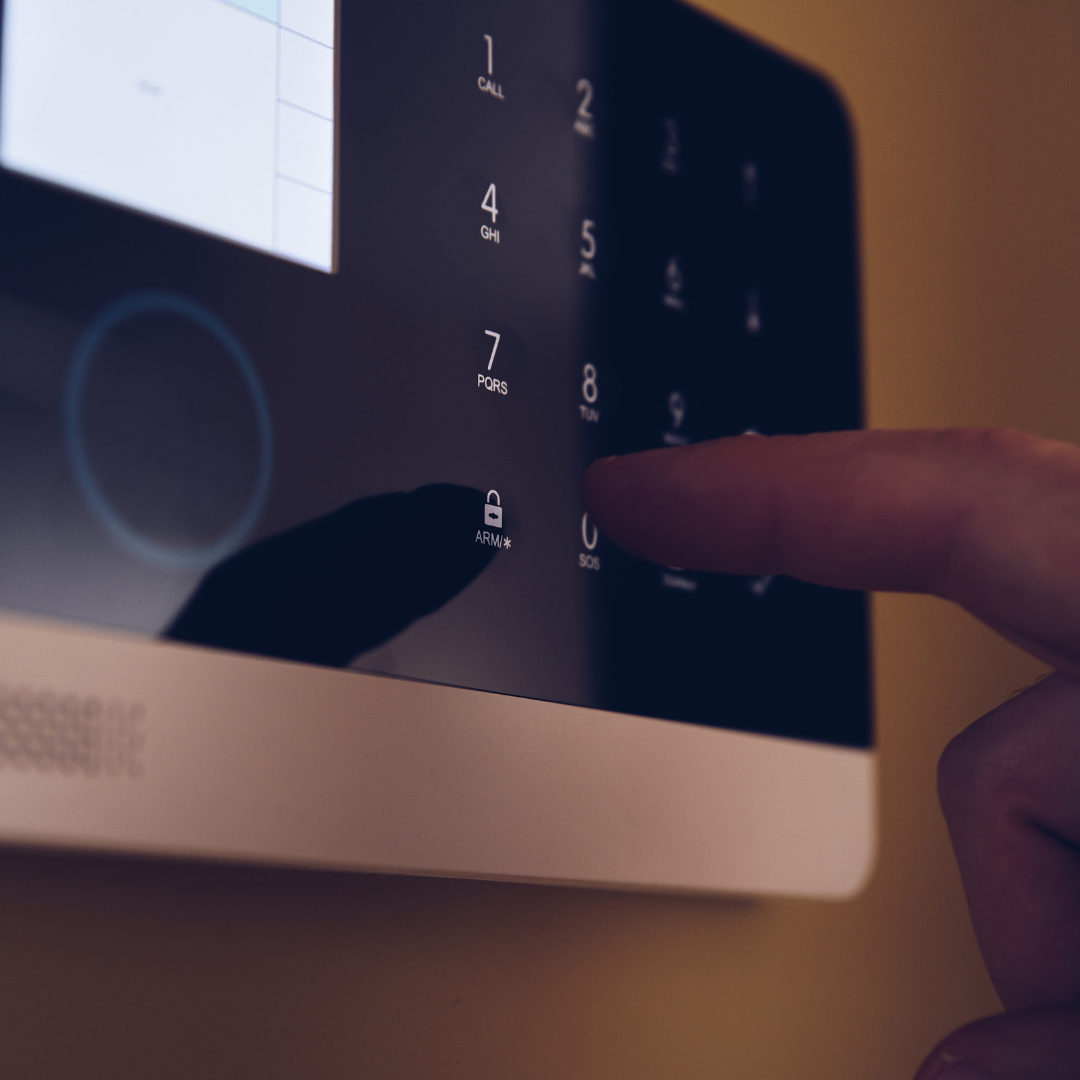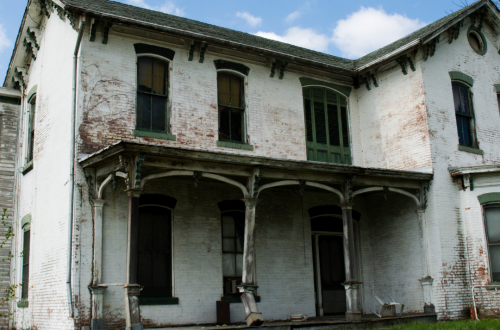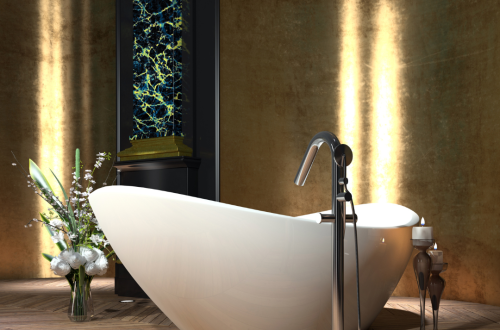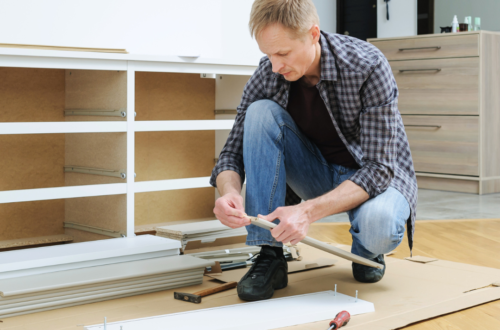Making your home accessible can be pricey. So how can you make the process affordable? First, seek the advice of a professional: a contractor who is well versed in ADA accessibility regulations and can help you prioritize which changes you can make now and which changes will have to wait until later. Next, reach out to your insurance provider for a list of low-cost modifications. Finally, critically assess the cost of adding your existing home to the list of properties on your homeowner’s insurance, which may be more affordable than you think.
The cost of making your home accessible varies by location and modifications required. A basic home renovation that removes a flight of stairs replaces a tub with an accessible shower, or replaces non-working doors with a wider door may cost around $10,000-$20,000. However, home modifications that go above and beyond these basic changes can set you back in the hundreds of thousands.
The cost of making your home accessible can vary depending on the current state of your home. In general, it can cost around $2,000. However, the average cost of making a home accessible is around $5,000. Newer homes generally cost less, because they often take these things into consideration. If you’re looking for a new home, you could even ask the builder to specifically build an accessible home for you. There are many companies that do this sort of work, for example, check out this builder called Berks Homes and other similar ones.
Home accessibility is a hot topic. With baby boomers getting older and younger generations moving in, we’re becoming more aware of disabilities and the need to build homes that can accommodate everyone. This is especially true when it comes to accessibility – making your home easier to enter and navigate. You could ask your new home builder to incorporate your accessibility requirements into the house’s design when you begin the project. Regardless of the disability of your family members, you should design a home that is accessible and safe for them.
The fair housing act of 1988 prohibits discrimination based on disability in housing. That means that you can make your home more accessible without incurring extra costs, and doing so can make it easier for someone with a disability to live in your home.
These simple tips can help you make your home more accessible to people with disabilities:
- A home should be accessible to everyone. It’s your home, after all. Yet, there are lots of reasons why a person with a disability might not be able to live in that home. For example, most homes have stairs, and stairs aren’t necessarily made to be wheelchair accessible. That’s okay, though, since there are ways to make your home more accessible. You can take two approaches to modify your house and buy a brand-new home.
- Accessible homes allow people with disabilities to live as independently as possible. Accessible homes are easier to navigate and better suited to their inhabitants’ individual needs. In addition to being easier to navigate, accessible homes promote health and well-being. A comfortable, safe, and easy-to-navigate home promotes independence and can reduce hospitalizations and healthcare costs.
- When you make your home accessible, you provide increased independence to your loved one with physical limitations. This independence can mean the difference between being able to cook, clean, and care for oneself independently or being home-bound. Barriers such as stairs and bathrooms can create very difficult obstacles for someone with limited mobility. Still, by remodelling your home into an accessible space, you can transform how your family interacts. It’s not hard either. There are many companies that specifically sell accessible products, such as bathtubs from Bathtime Mobility (bathtimemobility.co.uk) or kitchen fixtures from Moen.
- Certainly, an accessible home entails many, many modifications. Of course, those modifications can be expensive. However, making some simple changes can make life much easier for those with disabilities. From ramps to bathrooms, plenty of inexpensive ways to make your home more accessible.
Importance of making a home accessible:
Making your home accessible doesn’t have to cost a fortune. Countless remodelling and accessibility services are absolutely free or low-cost. Making your home accessible for people with disabilities or limited mobility is a must for most people. At the same time, virtually everyone will be helped by making their home barrier-free at some point.
It is not only dangerous and costly to live at home without proper access, but it also limits a person’s independence. If that is the case, assisted senior living facilities or similar types of institutions can be a much safer alternative to living at home. Making your home accessible can also help reduce injuries and accidents, and that way the cost of medical care. Additionally, it can make daily activities such as preparing and eating meals, bathing, and using the toilet less difficult, which may lead to improved quality of life.
Making your home barrier-free will make a big difference in your quality of life and the health of your family members. For homeowners, accessibility can increase your home’s value; for renters, it can help them avoid eviction. And, for people of any age with mobility issues, making your home accessible can be a key step toward a safe, independent life.
So, while there are many factors that determine the cost of making your home accessible, the costs depend largely on the size and layout of the home. Wooden floors, stair lifts, and ramps are among the most common upgrades. Other costs to consider is to include home modifications, such as removing walls and installing ramps and lifts; remodelling , such as installing grab bars in the bathroom, widening doors, and installing grab bars in the tub and shower; and, finally, life insurance and long-term care coverage.






